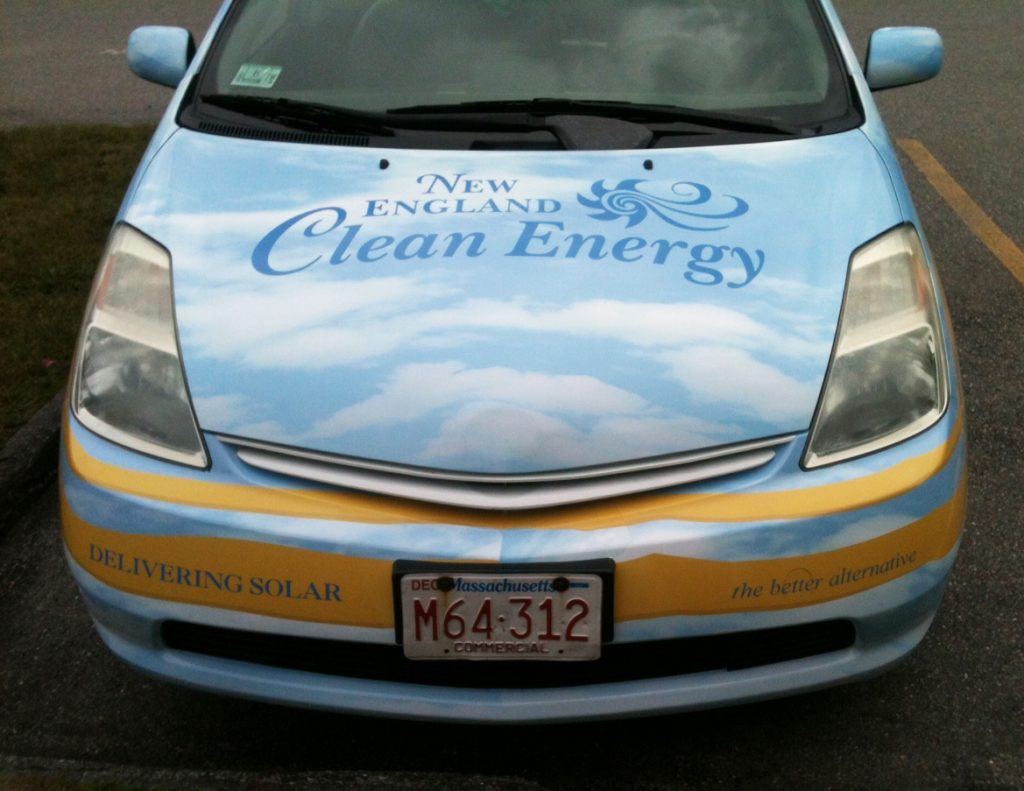In my previous article on energy conversion, I suggested that when energy is converted from one form to another, some energy is lost. I lied. Technically, the energy is not lost. It does, however, get converted to an unusable form – typically heat. Let me start with an example.
At my house, we heat with natural gas. I just had my furnaces (yes, I have two) replaced. The new furnaces are described by the manufacturer as 95% efficient. What does this mean?
The word “efficient” is defined as a measure of the effectiveness of a system, expressed as a ratio of useful output or results divided by input. The term can be applied to many things; for example, furnaces, air filters, marketing campaigns, etc.
If my furnace burns enough natural gas to release 100 units of energy, it actually provides 95 units of useful energy. “Useful” means heating my house. (The efficiency is measured at the furnace and does not account for air leaks or other problems.)
What happened to the other 5 units? Most of it went out the vent pipe, a bit heated up the metal combustion chamber, and perhaps not all the gas was burned completely. Simply put, that 5% is unusable for heating my house (or my cats when they sit on the registers).
A car is a starker example. As my previous post stated, the combustion of gasoline (a rapid release of thermal energy) creates mechanical energy by moving the pistons in a car’s engine. Those pistons connect through the transmission to the drive shaft and make the car move. But how efficient is a car at converting the stored energy in gasoline to vehicle motion?
The Consumer Energy Center of the California Energy Commission indicates “only about 15% of the energy from the fuel you put in your tank gets used to move your car down the road.” What happens to the other 85%? About 62% is lost at the engine, 17% is lost because of engine idling, 2% to accessories like battery charging and air conditioners, 6% in the drivetrain (friction between moving parts), 3% to drag (wind resistance), 4% to rolling resistance, and 6% to overcoming inertia (getting the car rolling from a stop).
 (Did you know that a Prius (and other new cars) shut off the engine instead of idling? Based on the numbers above, that can make quite a difference in the car’s efficiency)
(Did you know that a Prius (and other new cars) shut off the engine instead of idling? Based on the numbers above, that can make quite a difference in the car’s efficiency)
All of this lost energy ends up as heat and is useless for moving the car forward. And I haven’t even considered the energy in getting that gasoline to your car’s tank.
Those two examples show what a big deal energy efficiency is, and how widely it varies depending on the inherent physics of a system. In my next post, I’ll talk about the energy efficiency of solar panels.
If you liked this article, you might also enjoy:
- Back to Basics: Energy Explained
- Back to Basics: Solar Panel Efficiency Explained
- Getting the Most from Solar through Energy Efficiency



 Download our 7 FAQs
Download our 7 FAQs


No comments yet. You should be kind and add one!
The comments are closed.